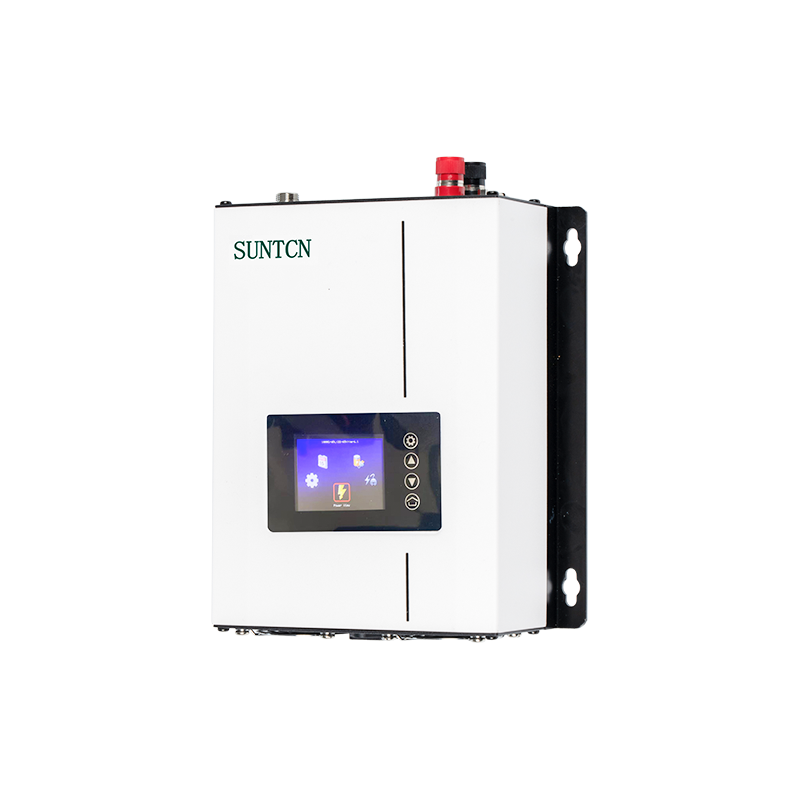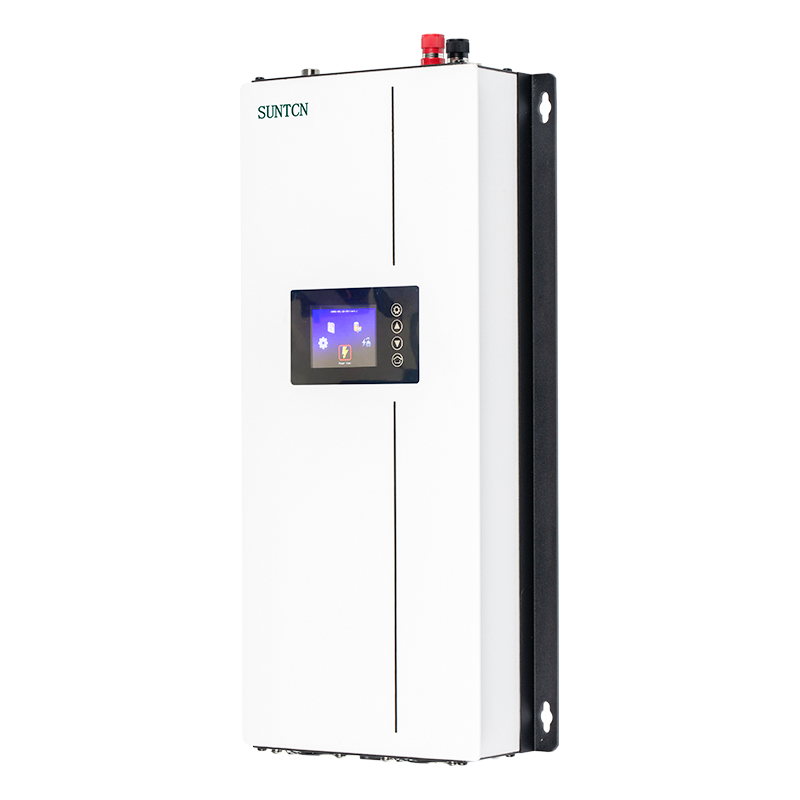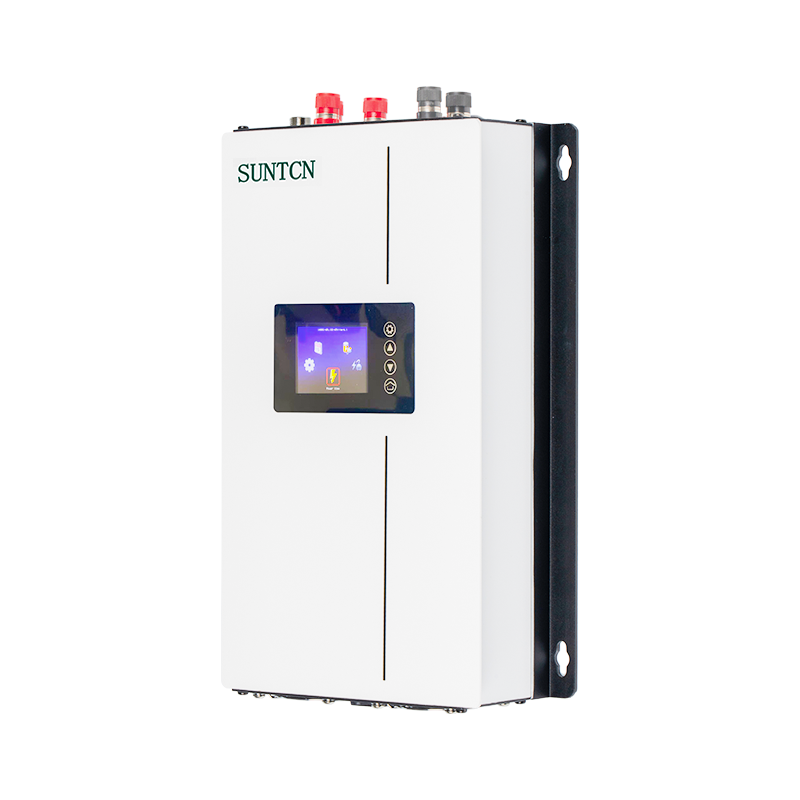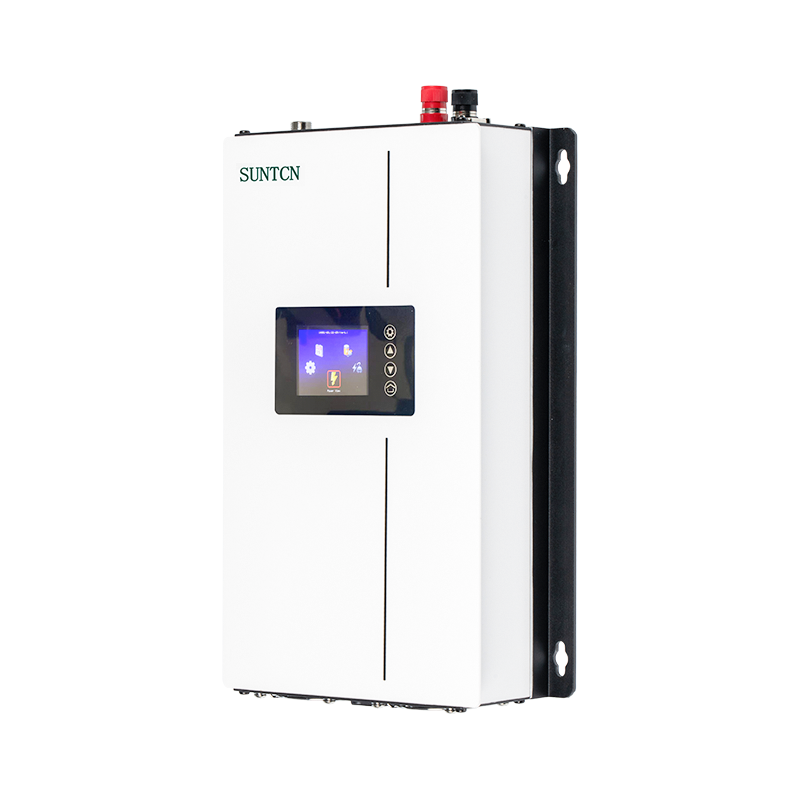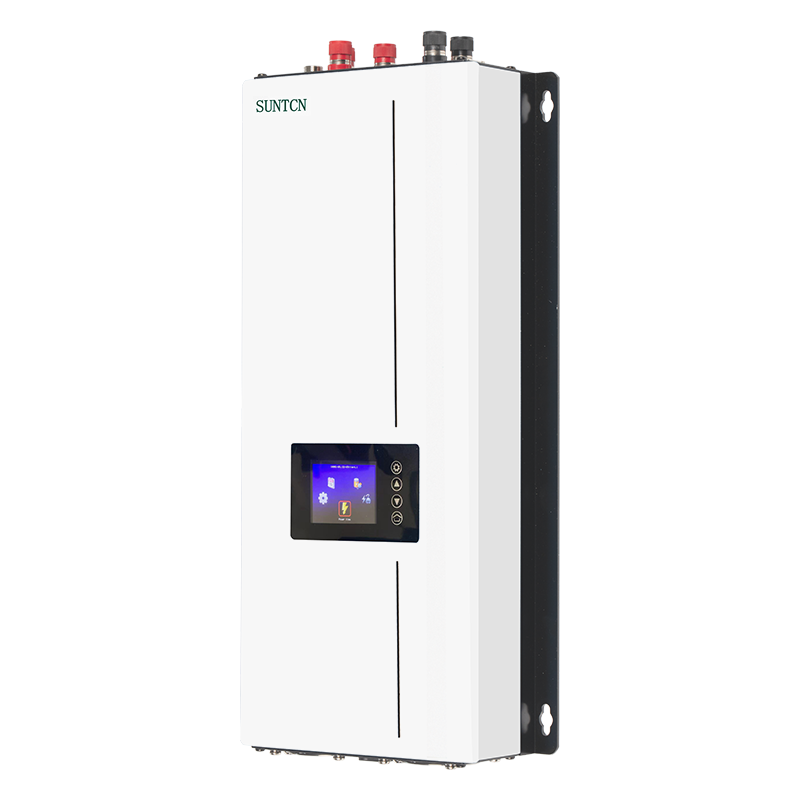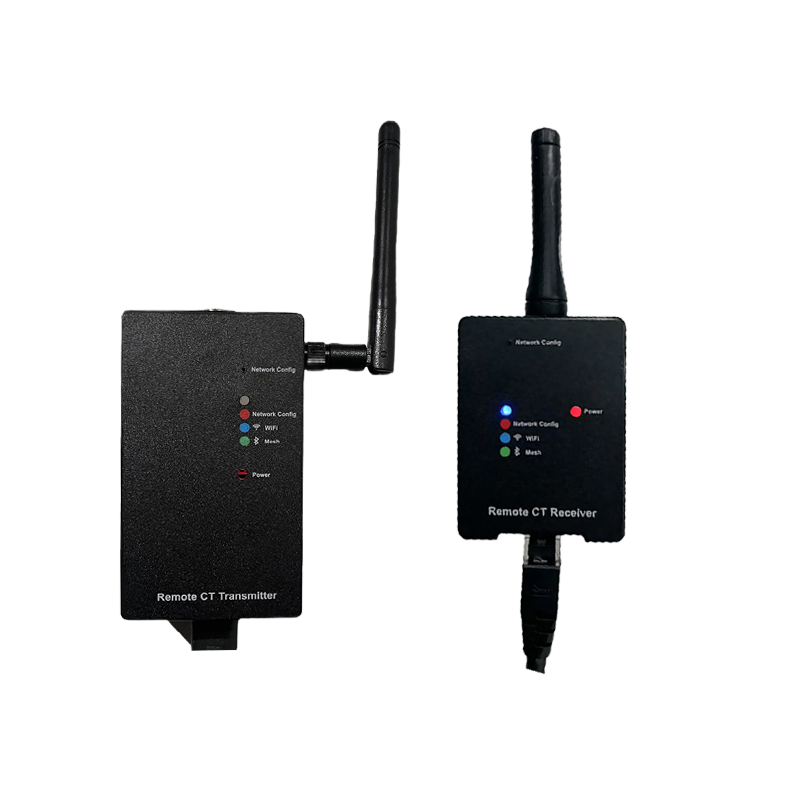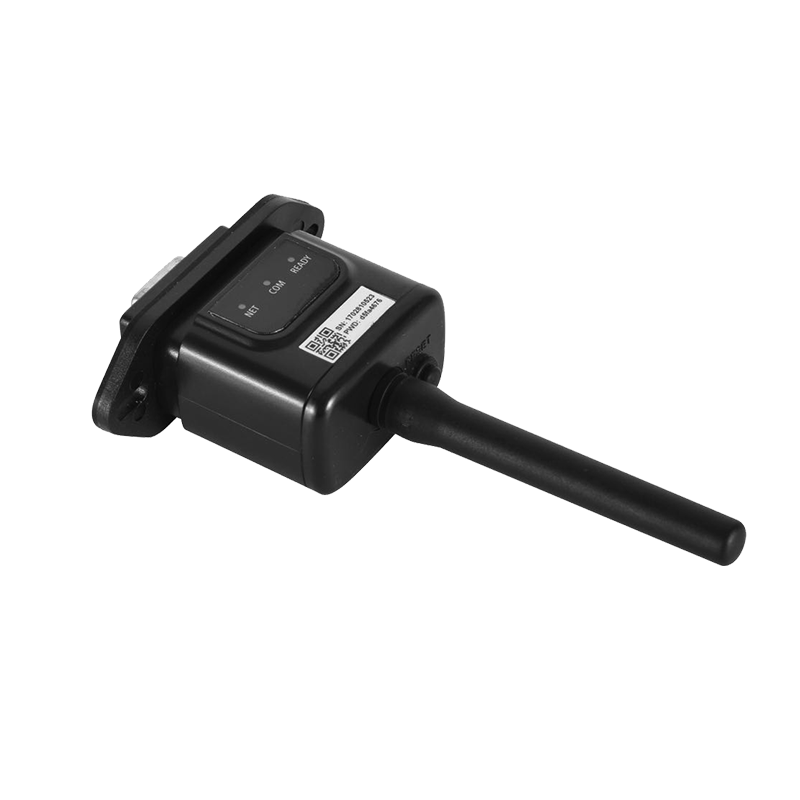Grid-tie inverters especially those used in solar photovoltaic (PV) systems, offer a range of advanced features and functionalities to optimize performance, enhance safety, and enable remote monitoring and control. Here are some key advanced features commonly found in modern grid-tie inverters:
Maximum Power Point Tracking (MPPT):
MPPT is a critical feature that allows the inverter to dynamically adjust the operating voltage and current of the solar PV array to maximize power output under varying environmental conditions such as shading, temperature, and solar irradiance.
Advanced MPPT algorithms continuously track the maximum power point (MPP) of the solar panels to ensure optimal energy harvest and maximize system efficiency.
Anti-Islanding Protection:
Anti-islanding protection is essential for grid-tie inverters to prevent unintended islanding, where the PV system continues to generate power during a grid outage, posing safety risks to utility workers and potential damage to equipment.
Grid-tie inverters incorporate various anti-islanding detection methods, such as frequency and voltage monitoring, to detect grid disturbances and disconnect from the grid within specified time limits.
Remote Monitoring and Control:
Remote monitoring capabilities allow system owners, installers, and operators to monitor the performance, status, and health of the solar PV system from anywhere with internet access.
Inverters with built-in communication interfaces (e.g., Ethernet, Wi-Fi, Zigbee, Modbus) enable real-time data acquisition, fault diagnostics, and performance analysis through web-based portals, mobile apps, or third-party monitoring platforms.
Remote control features may also be available, allowing users to remotely adjust inverter settings, reset faults, or perform firmware updates without needing to be on-site.
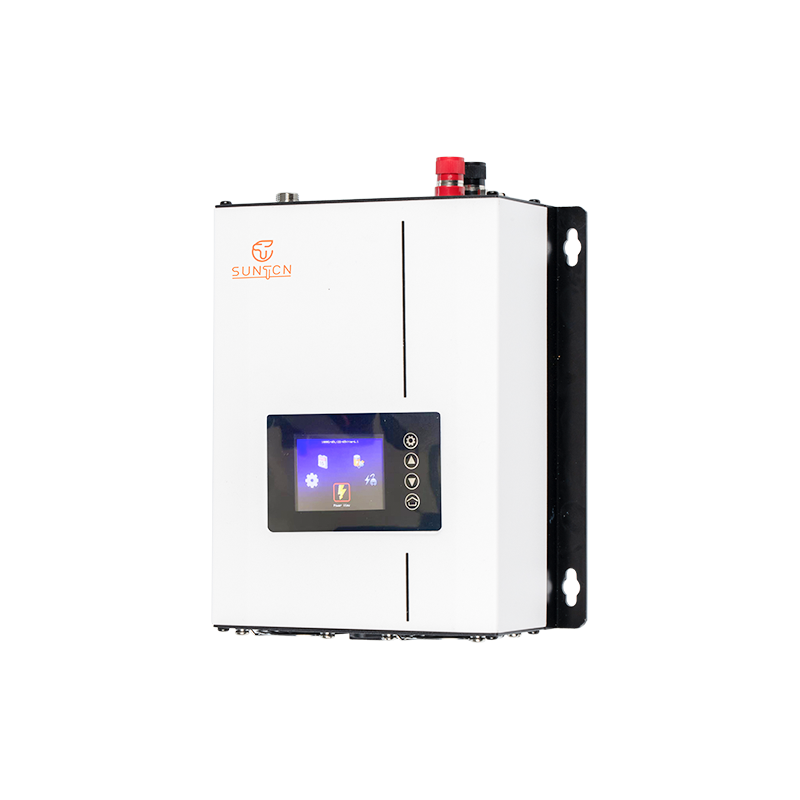
Data Logging and Reporting:
Grid-tie inverters typically log and store detailed operational data, including energy production, power output, voltage, current, and environmental conditions.
Advanced logging and reporting capabilities provide historical performance data, event logs, and fault records for troubleshooting, analysis, and compliance reporting purposes.
Grid Support Functions:
Some grid-tie inverters offer advanced grid support functions to enhance grid stability and integration of renewable energy sources.
These functions may include voltage and frequency regulation, reactive power control, power factor correction, and ramp-rate control to mitigate grid disturbances and support grid operations.
Smart Grid Integration:
Inverters with smart grid integration capabilities can participate in demand response programs, grid balancing initiatives, and ancillary services to optimize grid operation and maximize revenue streams.
Smart inverters may support communication protocols such as IEEE 2030.5 (Smart Energy Profile) or OpenADR (Open Automated Demand Response) for seamless integration with utility control systems and energy management platforms.
Fault Detection and Diagnostics:
Advanced fault detection algorithms and self-diagnostic capabilities enable grid-tie inverters to identify and troubleshoot system faults, errors, and performance issues proactively.
Inverter alarms, notifications, and fault codes provide clear indications of system status and help guide maintenance and repair efforts.
By incorporating these advanced features and functionalities, grid-tie inverters enhance the performance, reliability, and safety of solar PV systems, while also enabling seamless integration with the grid and supporting the transition to a more sustainable energy future.

 English
English Español
Español Deutsch
Deutsch